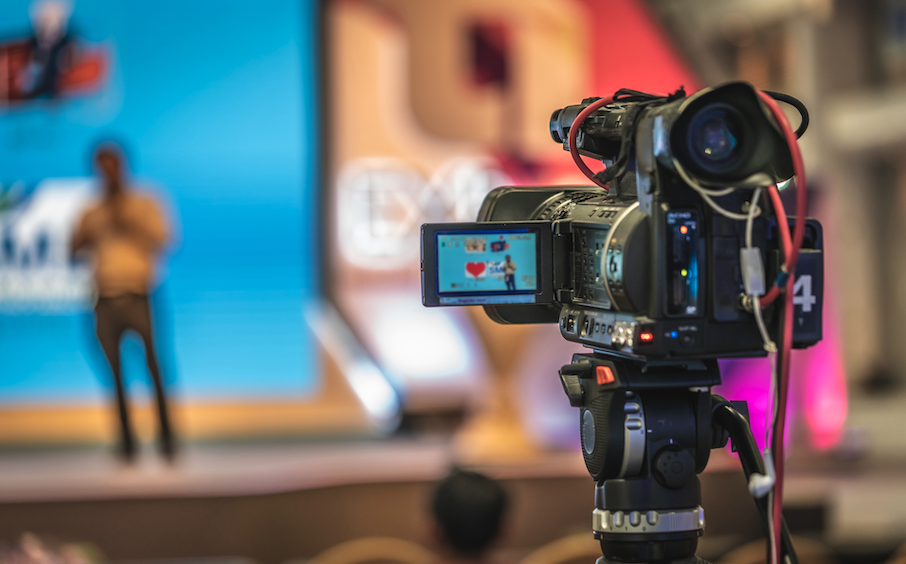You are probably comfortable with the term “influencer” by now. The Cambridge dictionary identifies an influencer as “a person who is paid by a company to show and describe its products and services on social media, encouraging other people to buy them” or simply as “someone who affects or changes the way that other people behave”. So what is the difference between a traditional influencer and a KOL – Key Opinion leader? The definition can be a bit vague but bear with us as we detangle the terms.
Key Opinion Leaders have existed as long as there have been experts.
A KOL is generally an expert and a go-to person in their field of work, someone whom TV, newspapers and even courts could turn to for an expert opinion. Top surgeons are KOLs in their field of work, but most of them do not have any interest in having an online presence or being an influencer. Thus, a KOL doesn’t have to be an influencer or have a strong online presence, but they can be.
For example, a senior meteorologist will be a KOL when it comes to weather but could possibly run a successful Instagram recommending the best weekend travel locations based on weather conditions, which would make him/her an influencer as well. Elon Musk is a KOL in terms of technical innovation while he also has a massive online following, which could make him a perfect B2B influencer for innovative tech products if he would choose to go that way. Generally, what differentiates a KOL from an influencer is that a KOL has an expert occupation outside of social media.

B2B influencer marketing through KOLs
“Trust is the heart of KOL marketing”
Being recommended by B2B influencers with a high credibility such as KOLs is in ways comparable to word-of-mouth (WOM) marketing. KOLs have worked hard to establish trust in their work. Therefore, they would not likely cooperate with, or recommend a brand that they do not believe in. Doing so would hurt their personal brand, which is why KOLs have a high level of trustworthiness. Research show that WOM is the primary factor behind 20-50% of purchasing decisions (McKinsey), and that 91% of B2B buyers are influenced by WOM (Sprout social). Recommendations and word of mouth continues to have a great impact when deciding to make a purchase, even more so in a B2B context as prices and stakes are higher.
What to look for when choosing to work with a KOL:
- The relevance of the KOL. Do they have a relevant connection to your brand or product? Are they experts in your field (or your customers’ field)?
- Their values and actions. It’s important to check that their actions align with your company values. A KOL is someone you might want a long-term relationship with and they will become ambassadors for your brand.
- Reach. How many people are following the KOL and, even more important in a B2B context, what kind of audience does the KOL attract? If they only have 1K followers but are closely linked to your top customers, it might still be worth your money to reach out to them.
- Engagement rate. While some KOLs have a high online following the engagement rate might be low. Some KOLs simply don’t spend a lot of time on social media.

What next?
In an earlier blog post we mentioned that China is a market leader when it comes to Shopvertising, which is advertising and commerce merging together. China is also a leading force when it comes to influencer marketing and the use of KOLs is a huge industry (a market worth about 17.8 billion US dollars 2018).
China has used KOLs in their marketing for many years and there are even special “KOL academies” to meet the stream of aspiring KOLs. These academies work like agencies, they scout for talents, train them in content creation and manage their careers.
It is our strong belief that B2B influencer marketing through KOLs is just beginning to emerge in Europe right now and will be growing the coming years.


